Big brother is not always watching
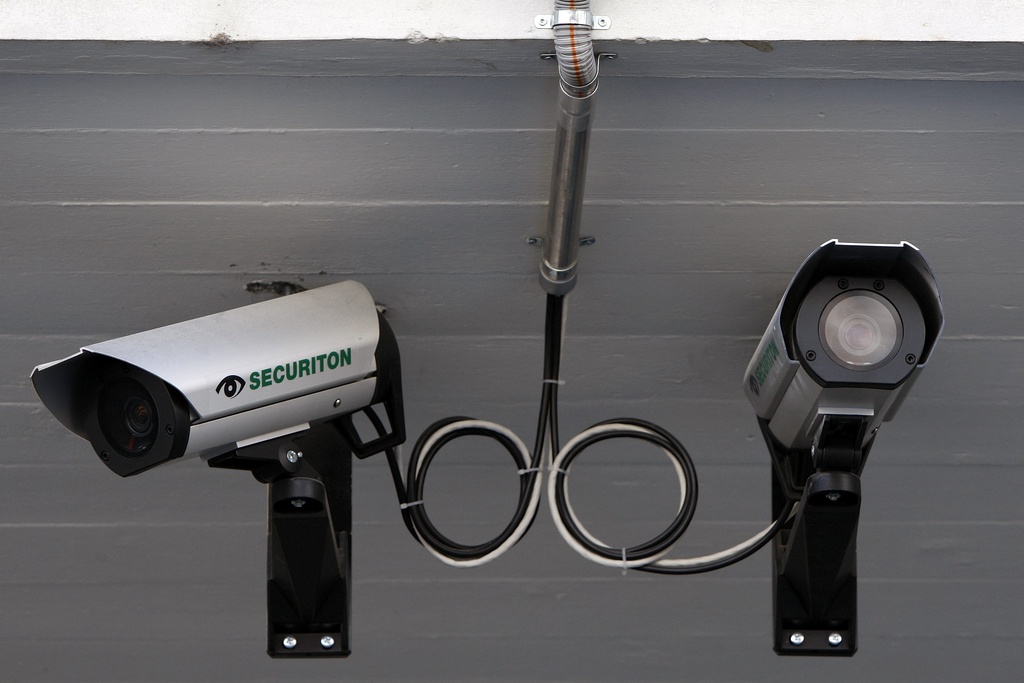
Surveillance cameras seem to be springing up everywhere in Switzerland. But who and what exactly are the electronic eyes watching?
Following the first study on the impact of public video surveillance in 12 European countries, security and police experts say people should not overestimate the technology, and dispel “big brother” fears.
The scene is familiar from television police dramas: A camera homing in on an individual in an anonymous crowd of people, the close-up of a face fills the screen. Police officers compare it with the computer profile of a wanted person and – bingo, they match!
In reality the technology has not quite reached this level of sophistication and lags behind the world of fiction.
“Luck may be on your side if a bank robber appears at the counter without covering up his face,” says Olivier Guéniat, commander of the Jura cantonal police.
“But things get a lot more complicated if the man is wearing a hat or hood, or even a balaclava.”
What’s more the quality of the image is often poor, and at nighttime video cameras are virtually useless, according to Guéniat.
Science fiction
As for automatic face recognition this is largely a gimmicky feature in a world of science fiction.
“Trials have been carried out in underpasses of German railway stations for years with similar technology. We are nearly there with this method, especially when tracking a crowd moving in one direction,” says Francisco Klauser of Neuchâtel University’s institute of geography.
It becomes a lot trickier when trying to identify faces in an airport lounge or in a public square, Klauser adds.
The assistant professor is an expert, having written his thesis and several academic articles on the subject. He co-edited a special publication of the Information Polity journal focusing on the impact of video surveillance of the public space in 12 European countries.
The authors of the study found that closed-circuit television (CCTV) systems have become part of our everyday life only 15 years after the introduction of the first cameras in Britain, which was at the forefront. It has been noted that in London a person is filmed 300 times a day on average.
Switzerland counts up to 150,000 cameras in public spaces, it is estimated. And hardly surprising for a country which is seen as a model for direct democracy, there have been local votes on the issue, notably in Lucerne, St Gallen and Renens, a suburb of Lausanne.
Prevention
While cameras can be helpful to identify the perpetrator of a crime, experts are wary of a possible preventive impact.
“All the studies carried out in England – among them a number of excellent ones – show the crime rate dropping and a perception of improved safety at least to begin with,” says Klauser.
“But the impact rapidly reduces after five to seven months,” he adds.
Police commander Guéniat confirms that question marks remain over the deterrent effect of CCTV. Banks with video surveillance are still the target of raids and as for street crime, a few months after the cameras are installed things go back to normal.
“It is illusory to believe that problems go away because cameras are watching,” Guéniat says.
He nevertheless acknowledges that the electronic eyes can in certain cases be “fiendishly efficient” as they gather information which can then be used to develop a strategy in a certain crime case.
“There is no point setting up surveillance cameras everywhere. Too much information makes you blind and the footage can’t be examined,” he says.
Apart from the fake cameras it is also impossible to have experts behind the scenes keeping their eyes on the screens 24 hours a day.
“At airports or shopping malls there is often a systematic real-time screening of the video material. But even that isn’t enough. Staff have to be available to intervene immediately in the event of violent incidents or theft,” says Klauser.
Transport
Video surveillance can be most helpful in monitoring the traffic on motorways, he adds. Fixed cameras have been set up on almost every motorway stretch in Switzerland to spot accidents and to organise help from a central desk.
“The cameras are also equipped with software that can spot objects. This has been working very well for the past ten years,” he says.
Swiss Federal Railways, apparently the biggest user of video surveillance, welcomes the technology.
A customer survey showed that three out of four respondents felt safer in trains with CCTV systems than carriages without surveillance.
The number of violent incidents against their staff has been decreasing as a result. It dropped to 147 cases in 2010 from 278 in 2005, according to a statement by the Federal Railways.
The state-run company adds that surveillance is part of its security policy on commuter trains including the presence of personnel during certain times of the day and at weekends as well as police patrols in the stations.
“Big Brother”
No reason to join in the conspiracy theories of “Big brother is watching you” inspired by George Orwell’s famous novel 1984?
“This will remain in the realm of science fiction. There is no centralised surveillance system in Switzerland,” says Klauser.
“Surveillance is rather chaotic if I dare say so. Projects are launched left, right and centre and nobody seems to have an overview about how many cameras there are and how the material is exploited,” he adds.
Neither he nor police commander Guéniat are concerned about a totalitarian system watching over every move of its citizens.
“There is only a small minority of people who are really afraid. And most of all, there is a tremendous ignorance about the inefficiency of surveillance cameras.”
The right to video surveillance of public spaces, including streets, is limited to the authorities; private surveillance is banned in principle.
Cameras are not permitted at the workplace to monitor employees, except for safety and for the purpose of production control.
Strict rules govern the use of CCTV in shops, car parks, trains and at railway stations.
The footage gathered by cameras must only be used to protect people or property. Access to the material must be restricted to a limited number of people and, as a rule, it can only be stored for 24 hours.
There are no official figures for the number of cameras used to survey streets, roads, public transport, airports, car parks, shops or banks.
It is estimated that the business with video surveillance in the 27 EU countries totalled €1.24 billion (SFr1.5 billion) in 2010, according to a study by the German Mario Fischer marketing consultancy.
Britain is the champion of CCTV with one camera per 14 residents – nearly five million overall – due to a centralised police system and a lax protection of the private sphere compared with other European countries.
In London there are an estimated 500,000 cameras, but Scotland Yard said only 3% of the criminal cases committed in 2008 could be solved thanks to the use of video surveillance.
Figures for France are estimated at about 570,00 cameras in 2010.
CCTV is a highly political issue in France. Camera density varies according to the political party in power in a city. Those governed by centre-right and rightwing parties have three times more cameras than cities run by a leftwing administration.
No official figures are available for Switzerland.
(Adapted from French by Urs Geiser)

In compliance with the JTI standards
More: SWI swissinfo.ch certified by the Journalism Trust Initiative
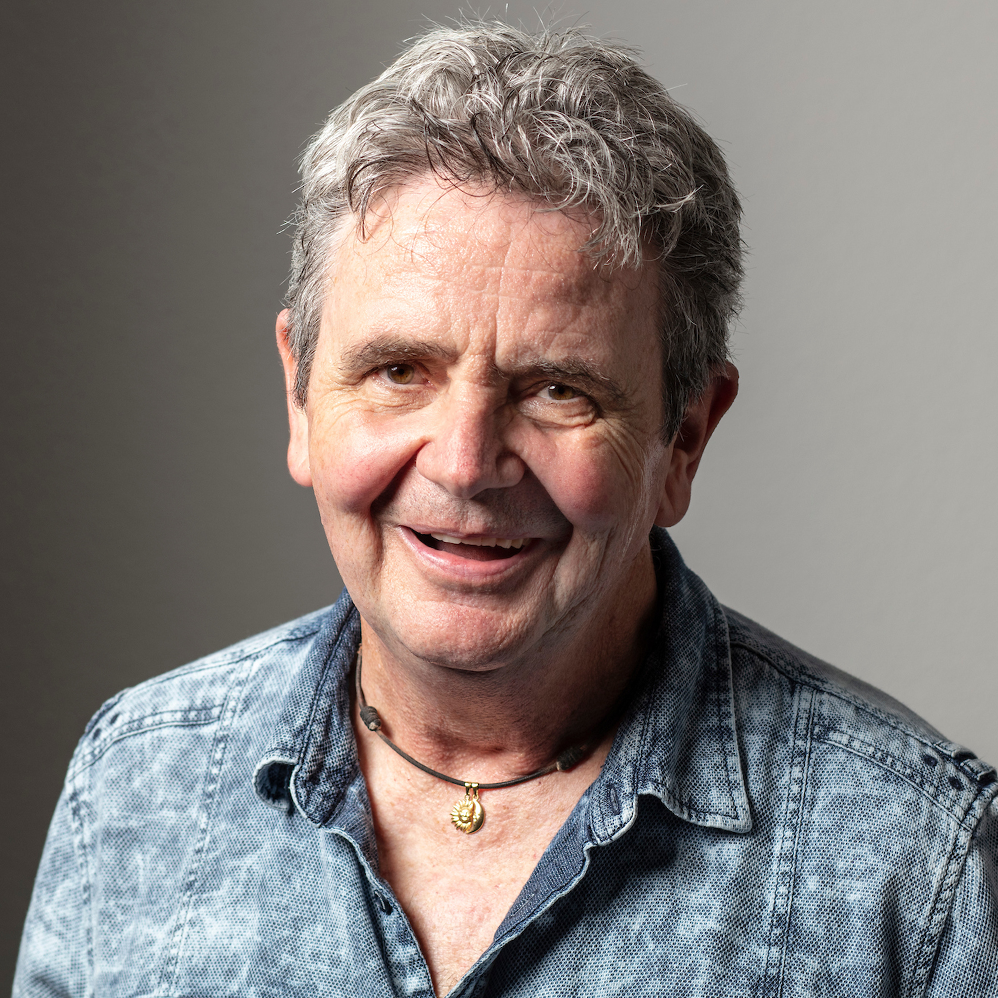
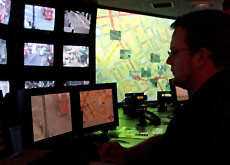
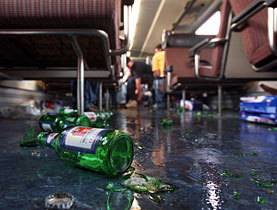
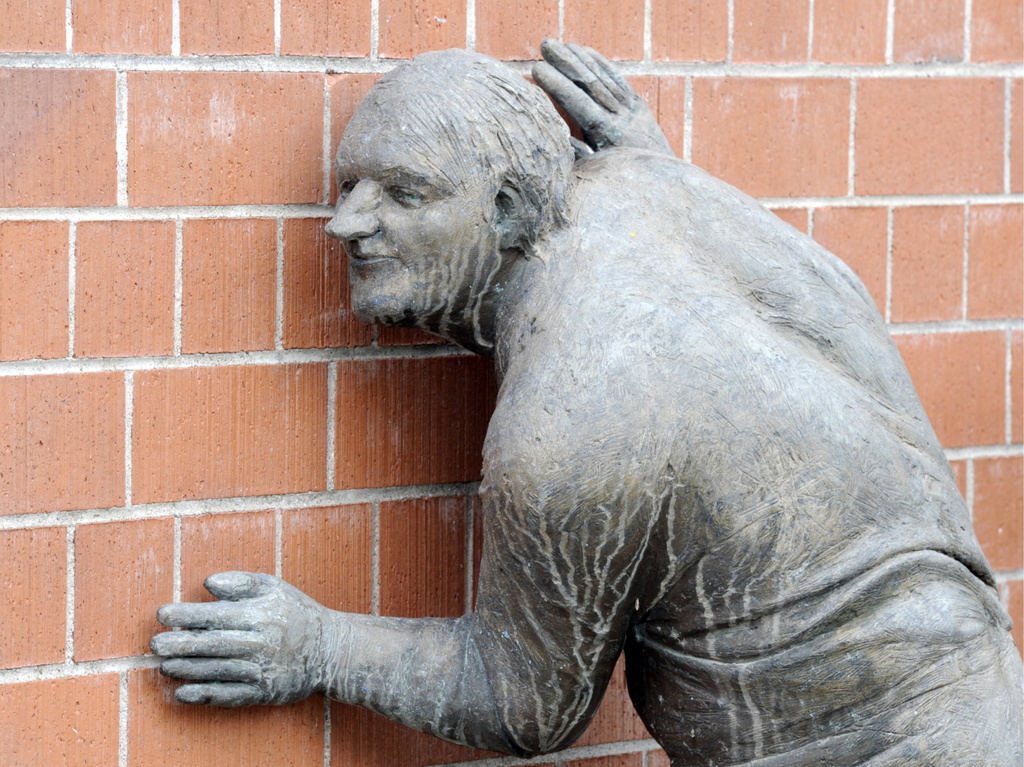
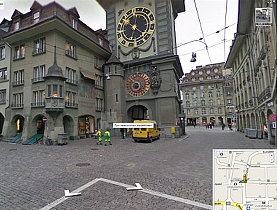
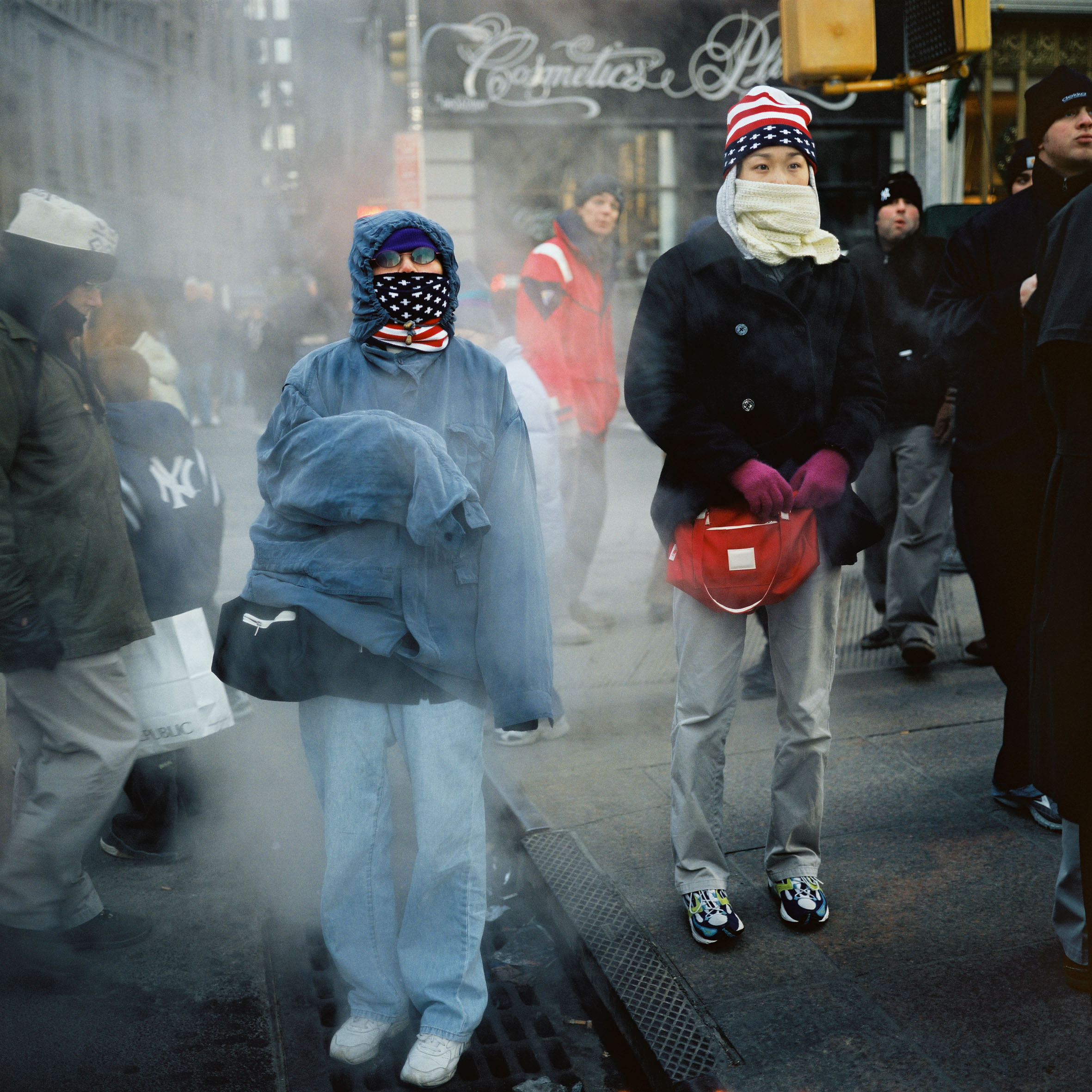
You can find an overview of ongoing debates with our journalists here. Please join us!
If you want to start a conversation about a topic raised in this article or want to report factual errors, email us at english@swissinfo.ch.